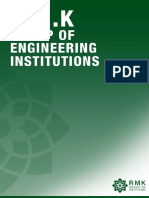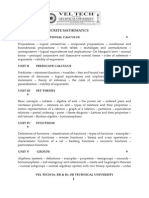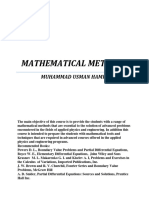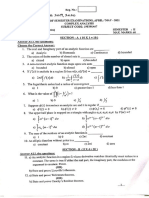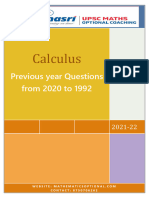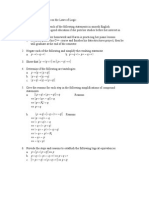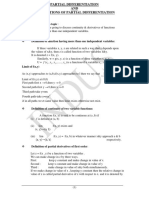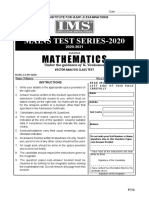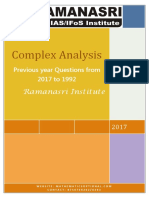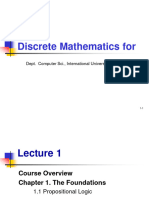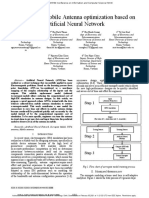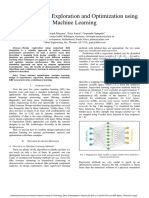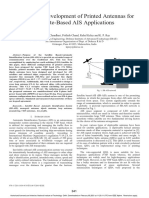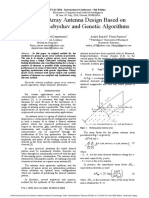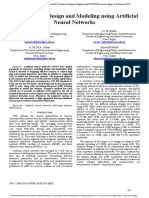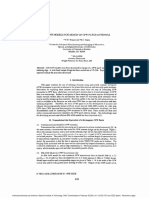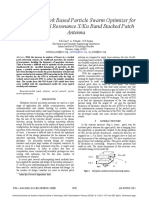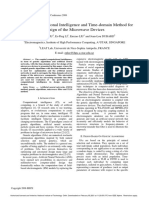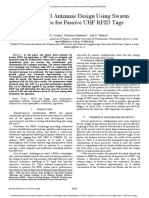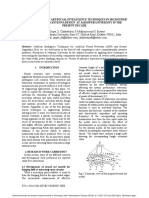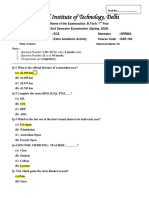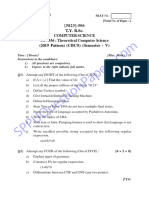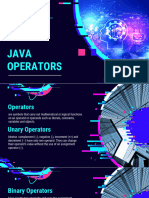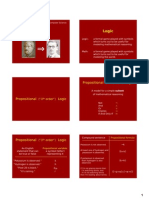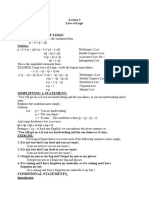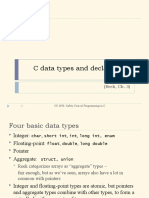0% found this document useful (0 votes)
438 views21 pagesDiscrete Structures Unit 1
The document discusses the topics covered in the Discrete Structures unit on mathematical reasoning, including propositional logic. It defines key concepts like propositions, truth tables, and logical operators. Propositional logic uses operators like AND, OR, and NOT to combine propositions into compound statements. Truth tables assign truth values to all combinations of input values. Propositional logic forms the foundation for applications in computer science like circuit design, programming, and verification.
Uploaded by
Divyanshu BoseCopyright
© © All Rights Reserved
We take content rights seriously. If you suspect this is your content, claim it here.
Available Formats
Download as PDF, TXT or read online on Scribd
0% found this document useful (0 votes)
438 views21 pagesDiscrete Structures Unit 1
The document discusses the topics covered in the Discrete Structures unit on mathematical reasoning, including propositional logic. It defines key concepts like propositions, truth tables, and logical operators. Propositional logic uses operators like AND, OR, and NOT to combine propositions into compound statements. Truth tables assign truth values to all combinations of input values. Propositional logic forms the foundation for applications in computer science like circuit design, programming, and verification.
Uploaded by
Divyanshu BoseCopyright
© © All Rights Reserved
We take content rights seriously. If you suspect this is your content, claim it here.
Available Formats
Download as PDF, TXT or read online on Scribd
/ 21
